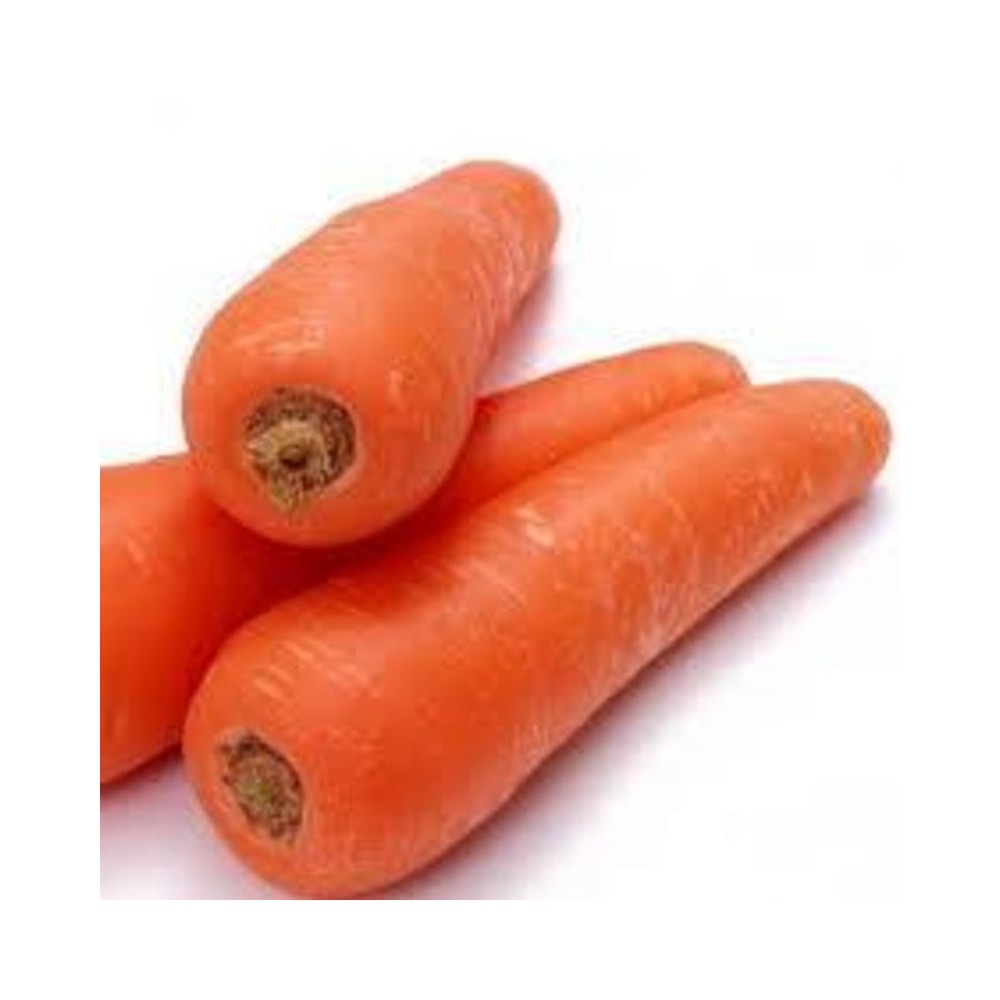



Carrots are a popular root vegetable that are easy to grow in sandy soil. They are resistant to most pests and diseases, and are a good late season crop that can tolerate frost. Not all carrots are orange; varieties vary in color from purple to white.
Carrots Planting & Care

Security policy visit http://nurserynature.com/content/10-security-policy

Shipping & Delivery Policy visit http://nurserynature.com/content/1-delivery

Cancellation & Refund Policy visit http://nurserynature.com/content/6-aeu-legal-revocation-terms
Carrots are a popular root vegetable that are easy to grow in sandy soil. They are resistant to most pests and diseases, and are a good late season crop that can tolerate frost. Not all carrots are orange; varieties vary in color from purple to white.
Carrots Planting & Care
· Plan to plant seeds outdoors 3 to 5 weeks before the last spring frost date.
· Make sure your soil is free of stones; carrots need deeply tilled soil that they can push through.
· Have you ever seen a carrot that has grown “legs” or forked? Fresh manure, or even recently applied rotted manure, can cause carrots to fork and send out little side roots. Don’t use it before you plant your seeds.
· Plant seeds 3-4 inches apart in rows. Rows should be at least a foot apart.
· Gently mulch to retain moisture, speed germination and block the sun from the roots.
· Soil should be well drained and loose to prevent forking and stunting of the root growth.
· Once plants are an inch tall, thin so they stand 3 inches apart. Snip them with scissors instead of pulling them out to prevent damage to the roots of remaining plants.
· Water at least one inch per week.
· Weed diligently.
· Fertilize 5-6 weeks after sowing.
· Carrots taste much better after a couple of frosts. Following the first hard frost in the fall, cover carrot rows with an 18-inch layer of shredded leaves to preserve them for harvesting later.
· Get more tips for growing carrots.
· Wireworms
· Aster Yellow Disease will cause shortened and discolored carrot tops and hairy roots. This disease is spread by pests as they feed from plant to plant. Keep weeds down and invest in a control plan for pests such as leafhoppers. This disease has the ability to overwinter.
· Carrots are mature at around 2 ½ months and ½ inch in diameter. You may harvest whenever desired maturity is reached.
· You may leave mature carrots in the soil for storage if the ground will not freeze.
· To store freshly harvested carrots, twist off the tops, scrub off the dirt under cold running water, let dry and seal in airtight plastic bags, and refrigerate. If you simply put fresh carrots in the refrigerator, they’ll go limp in a few hours.
· Carrots can be stored in tubs of moist sand for winter use.